Ten years ago I went to one of the worst major exhibitions I’ve seen, of the work of an artist I revere. This wasn’t the artist’s fault – he’d already been dead for nearly two and a half centuries by then – and nor was Tate Britain’s 2007 Hogarth show anything less than a comprehensive and scholarly exploration of his work. The problem lay in one of those traps museums and galleries are sometimes prey to: a veneration for the artefact, which is not always justified. The Tate could – and probably should – have projected Beer Street (1751) across the Thames on to the front of the MI6 building or on to the moon, covered whole walls with blown-up reproductions of Industry and Idleness (1747) or The Four Stages of Cruelty (1751), or even had the gift shop located in a lifesize recreation of Gin Lane (1751), upping the revenue yet further once the punters got stuck in to the souvenir hooch.
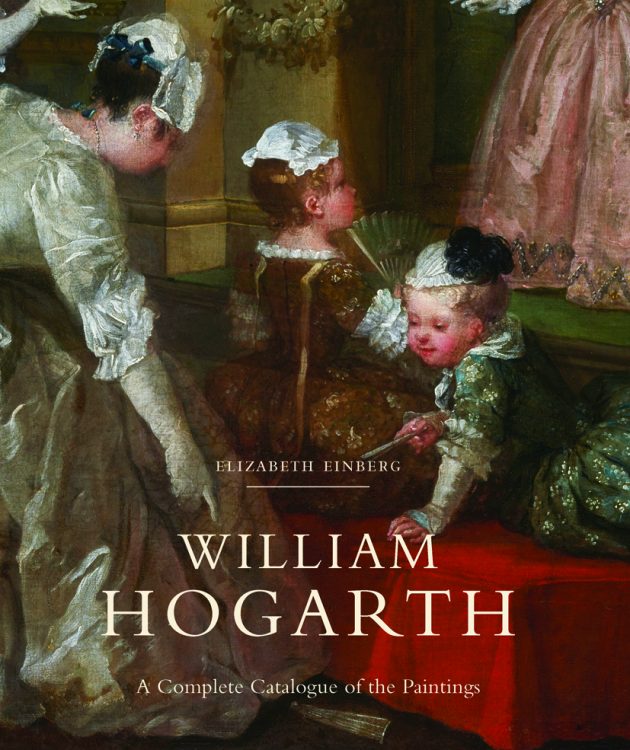 But, instead, Gin Lane and all the other famous prints were hung on the gallery’s walls in something close to darkness. This, of course, was to protect the fragility of the paper they were printed on, which had been sacramentally touched by the artist’s own hand – though I doubt this would have made much difference to any visitors new to Hogarth, who hadn’t forked out for the audio guide. They would, I suspect, have walked straight past some of Hogarth’s most important work in all its ill-lit littleness into the next, brightly lit gallery, where they would have been confronted by Moses Brought Before Pharaoh’s Daughter (1746) covering a whole wall. To my mind this is one of the most mawkish paintings by an important artist I can think of. I’m sticking to that opinion despite what I’ve now learned from Elizabeth Einberg’s monumental study William Hogarth: A Complete Catalogue of the Paintings – that it was produced and donated to the Foundling Hospital as an act of charity.
But, instead, Gin Lane and all the other famous prints were hung on the gallery’s walls in something close to darkness. This, of course, was to protect the fragility of the paper they were printed on, which had been sacramentally touched by the artist’s own hand – though I doubt this would have made much difference to any visitors new to Hogarth, who hadn’t forked out for the audio guide. They would, I suspect, have walked straight past some of Hogarth’s most important work in all its ill-lit littleness into the next, brightly lit gallery, where they would have been confronted by Moses Brought Before Pharaoh’s Daughter (1746) covering a whole wall. To my mind this is one of the most mawkish paintings by an important artist I can think of. I’m sticking to that opinion despite what I’ve now learned from Elizabeth Einberg’s monumental study William Hogarth: A Complete Catalogue of the Paintings – that it was produced and donated to the Foundling Hospital as an act of charity.
I am, of course, biased. For cartoonists like me, Hogarth is the grandfather of our profession. In elevating visual satire to the level of art, he bequeathed us a vision of the 18th century summed up in his own eponymous adjective. As Robert Hughes wrote in The Fatal Shore, describing the world from which the first convict settlers of New South Wales were transported: ‘Modern squalor is squalid but Georgian squalor is “Hogarthian”, an art form in itself.’ Moreover, the new school of British art that Hogarth boasted that he’d founded with his Modern Moral Tales – shot through as they are with narrative, polemic, and mockery – leads far more obviously to Gillray, Cruikshank, and modern political cartoons (the last redoubt, incidentally, of allegorical painting) than to Constable or Reynolds.
Hogarth began his career as an apprentice to a jobbing engraver and finished up as Serjeant-Painter to the King (having previously eloped with the daughter of the previous Serjeant-Painter). To complicate matters further, his various plaited careers – engraver, printmaker, painter, society portraitist, piss-taker, ruthless businessman, satirist – means that different – and rival – constituencies can all claim Hogarth as their own, and in different ways. While I choose to salute Hogarth the visual journalist, rolling around in the gutter with the rest of us, laughing at the follies of his times, for art historians Hogarth’s proper place is in the petri dish of intense study.
I doubt a better book on the subject than Einberg’s will be needed. It is also a pleasure to read. Hogarth’s business model of producing paintings which he reproduced to sell as prints occasionally tempts one into neglecting the original. So I was pleased to get reacquainted with the simple beauty of the paintings of The Four Times of Day (1736)– as well as their low slapstick of chamber pots being emptied, and squashed cats. It’s in the details of these paintings, as with the small clump of flowers in the foreground of Chairing the Members from The Humours of an Election (1754), that Einberg reminds us what wonders Hogarth could work with paint.
Einberg is also good on the fate of paintings where all that’s left are the prints. The paintings of A Harlot’s Progress (1731), for example, Hogarth’s debut Modern Moral Tale and his first great commercial success, were destroyed in a fire at William Beckford’s Palladian mansion at Fonthill in February 1755. Einberg notes that Hogarth himself was ‘more taken with reports that [Fonthill’s] magnificent clockwork organ, set off by the heat, played “pleasing airs” throughout the conflagration’. This perfectly captures Hogarth’s ‘Hogarthianness’, the brand of whimsy he shared with Swift and Sterne – both of whose works he illustrated. The paintings of The Rake’s Progress (1732–33) were saved from the same fire.
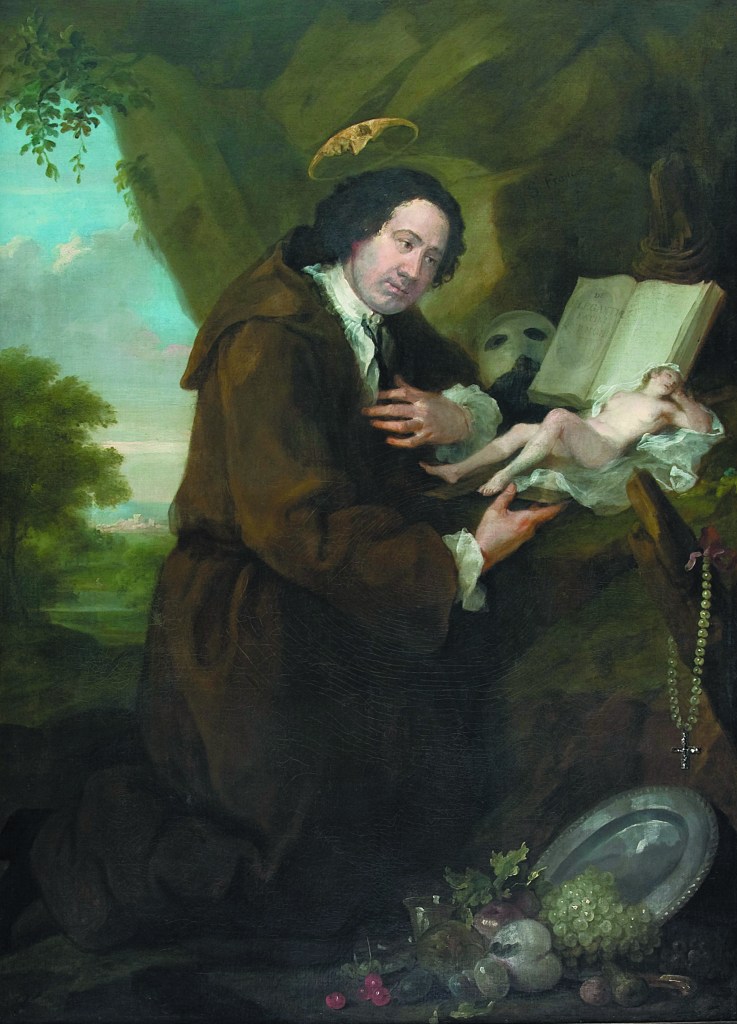
Sir Francis Dashwood at his Devotions, (late 1750s), William Hogarth. Private collection
The blasphemous Sir Francis Dashwood at his Devotions (late 1750s) was privately commissioned (yet more 18th-century whimsy) by one of Dashwood’s friends. Dashwood, for his part, was a member of the notorious Monks of Medmenham who performed playful black masses in the Hellfire Caves, including during Dashwood’s time as Chancellor of the Exchequer. Another of the Medmenham Monks was the radical journalist John Wilkes, subject of one of Hogarth’s most commercially successful prints. But as there was no accompanying original painting, you won’t see that image in this book, nor The Bathos (1764), his terrible, terrifying final image of entropy, collapse, and failure. The Hogarthian spirit is present in spades in Marriage A-la-Mode (1743–45) or The Rake’s Progress or The Humours of an Election, but you also get far more intensely dull portraits of men in wigs than I ever imagined Hogarth had the time or avarice to paint. And once more we’re back to the Tate problem: these paintings may be Hogarth but they’re not truly ‘Hogarthian’; not, as it were, the whole hog.
That said, in presenting us with his entire oeuvre in paint Einberg helps pin down Hogarth more precisely than she may have intended to. As well as being both artist and artisan, he was also quite often something of a hack, just like me. It’s another badge I suspect Hogarth, counting the swag, would have worn with quiet pride.
‘William Hogarth: A Complete Catalogue of the Paintings’ by Elizabeth Einberg is published by Yale University Press for the Paul Mellon Centre for Studies in British Art.
From the March issue of Apollo. Preview and subscribe here.
Unlimited access from just $16 every 3 months
Subscribe to get unlimited and exclusive access to the top art stories, interviews and exhibition reviews.

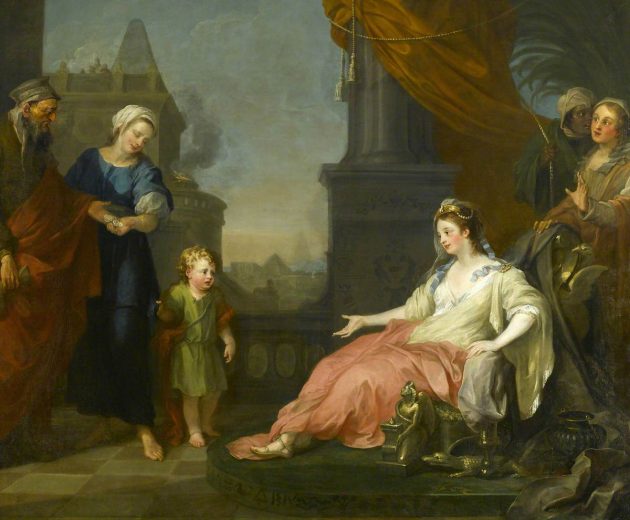
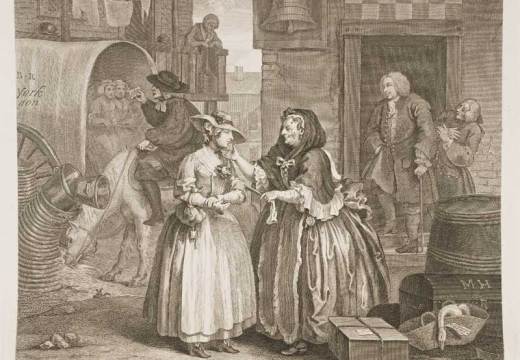
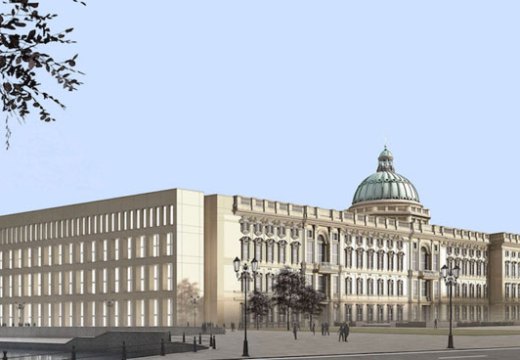
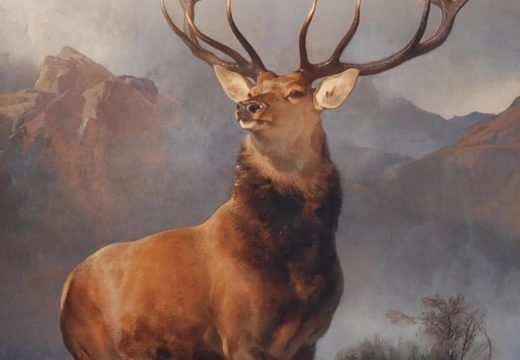









![Masterpiece [Re]discovery 2022. Photo: Ben Fisher Photography, courtesy of Masterpiece London](http://www.apollo-magazine.com/wp-content/uploads/2022/07/MPL2022_4263.jpg)
It’s time for the government of London to return to its rightful home